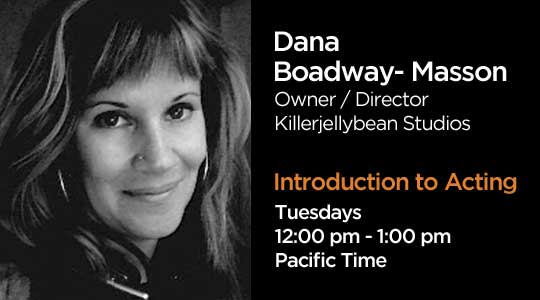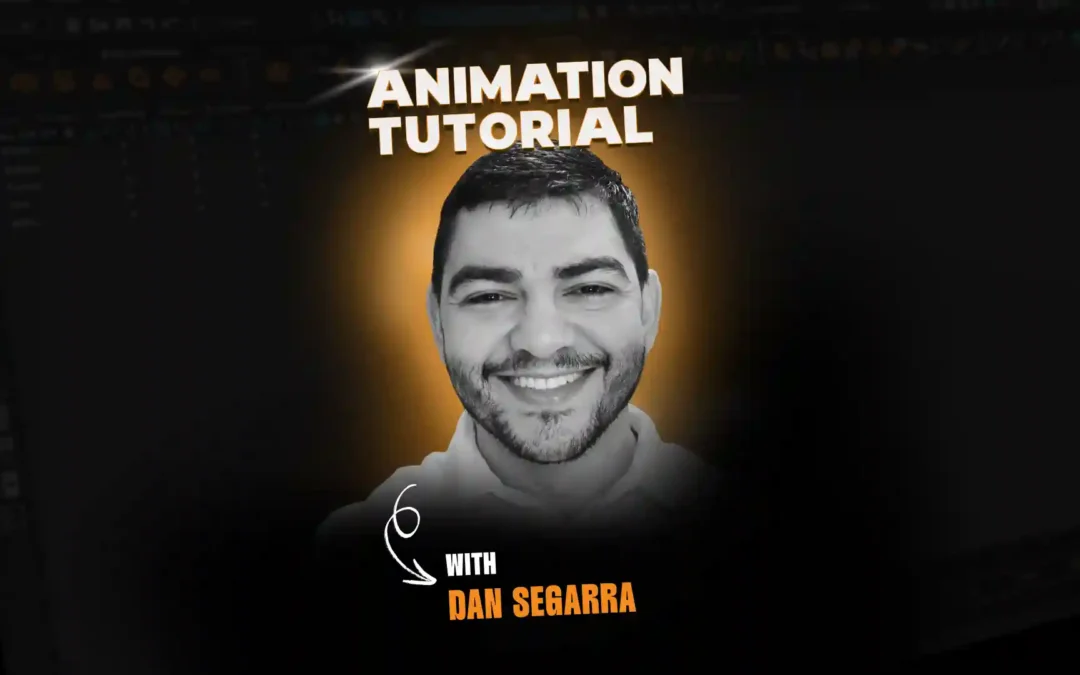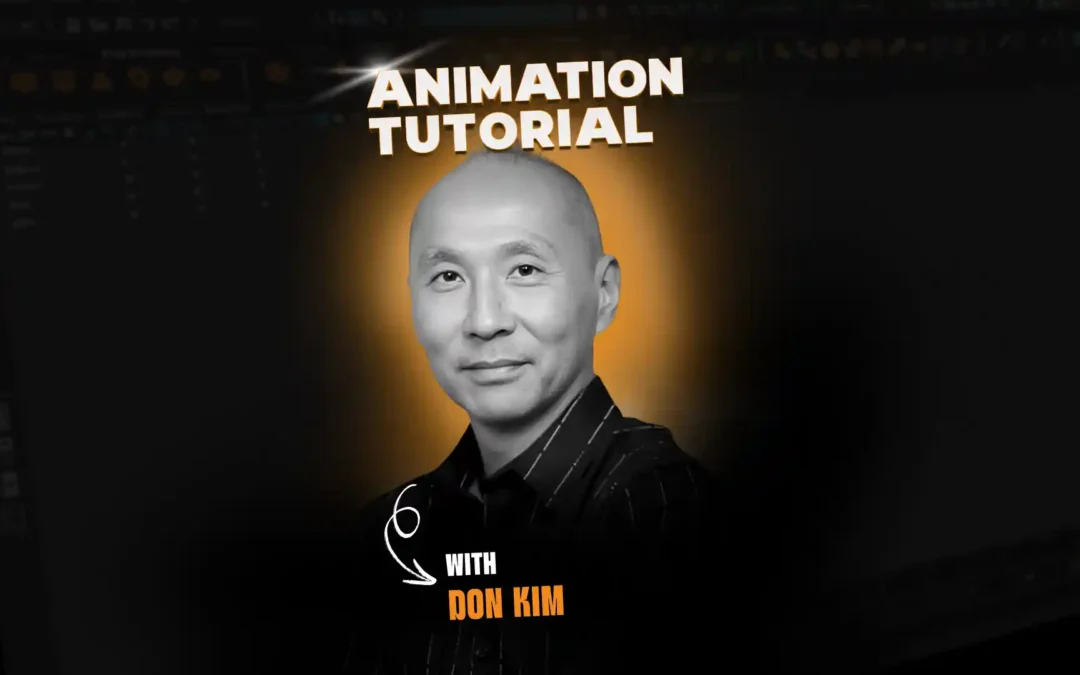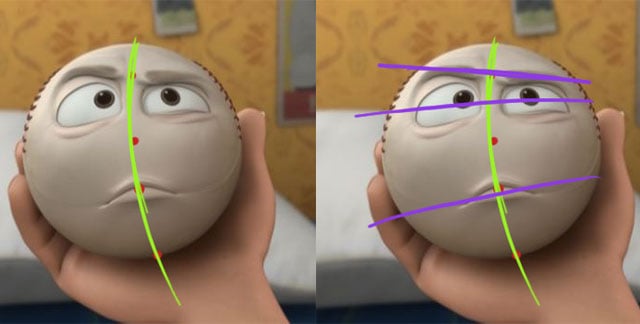
Beyond the 12 Principles: Top 10 Advanced Performance Tips for Animators
In an animated film, there needs to be clarity of communication in order to effectively tell the story and engage the audience. As animators, it is our job to draw the audience in and build a performance that they can empathize with and be entertained by. In order for the audience to empathize, they need to believe in the characters. They have to appear to live and think on their own, react spontaneously, communicate clearly, and be appealing. In order for the audience to be entertained by the characters, the shots need to be appealing in composition, posing, rhythm and phrasing, and contain acting choices that feel fresh. So the animator has a really big challenge when it comes to planning and executing a shot.1. Simplify: Simplify your shots to make them more believable and natural.
So many times I see animators trying to wedge too much information into a shot, and it ends up feeling as clear as mud, and the realism of the performance suffers. Avoid the impulse to always make the character move! The thing that really makes the shot flow well are the moments of stillness in juxtaposition with the movement.Avoid the impulse to always make the character move! What really makes the shot flow well are the moments of stillness in juxtaposition with the movement.You don’t want the shot to feel ‘forced’ or ‘fake,’ which it will be if there are too many pose changes and performance elements.
2. Act within the pose: Don’t add unnecessary new poses.
Identify the character’s emotional state of mind in the shot. Does this state change, and if so, determine the timing of the change. These emotional/mental states can and should be your character’s only MAIN POSE CHANGES. Don’t change poses simply because there is a new emphasis in the dialogue! Dialogue doesn’t drive action on the part of the character, THOUGHT DRIVES ACTION.Don’t change poses simply because there is a new emphasis in the dialogue!In the scene from Ratatouille, above, the character essentially only uses TWO poses. The driving emotional forces are external (what did YOU do, how did YOU cook that?!) where he is hunched forward and glaring into the jar, and internal (how am I going to do this again?) where he clutches the jar to his chest and stands more upright and stiff.
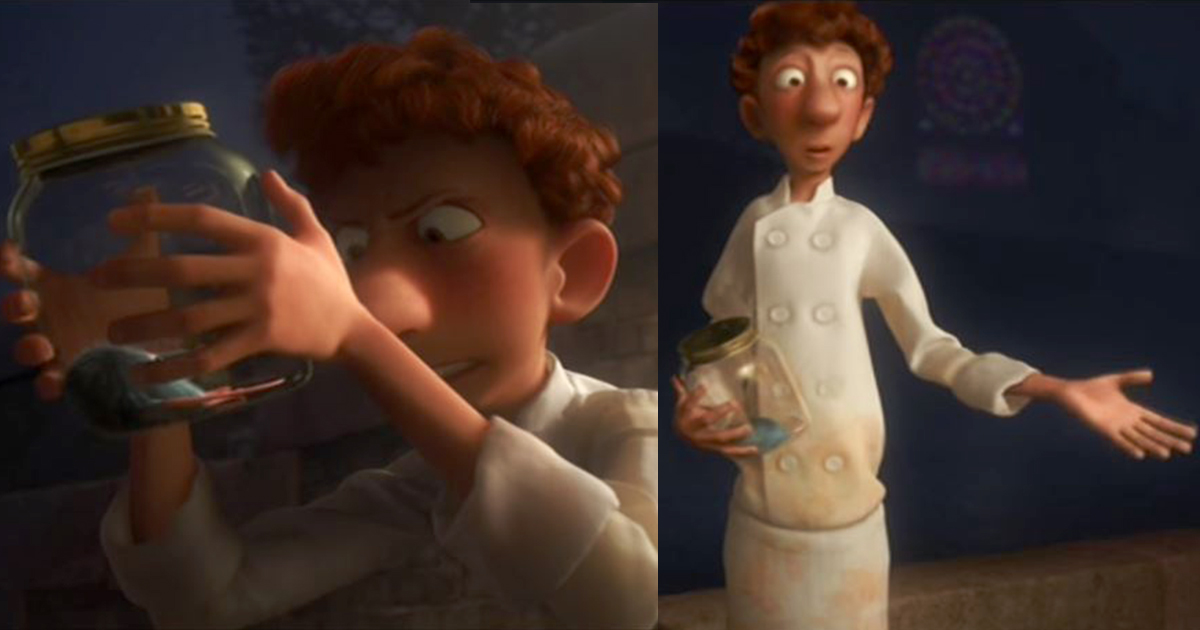
Linguini and Remy from Ratatouille
3. Layers: Create a believable performance by layering animation techniques.
Think of a performance like an onion—it has layers. Or maybe think of your character’s performance like a song—layering rhythms on top of each other to create interesting texture and timing within your animation. These rhythms should support your acting choices and enhance the performance overall. In the context of ‘acting within poses’, this concept is veeeeery important! Let’s imagine the texture and rhythm in your animation is choreography set to a musical score. You need a wide range of elements to create a full composition, things like notes (low, high), tempo (adagio, allegro), and volume level (piano, forte etc.). In this example, the notes might look like this:- Bass notes, i.e. Cello (main poses): The foundation upon which the shot is based.
- Middle notes, i.e. Viola (overlapping actions leading into and out of main poses and weight shifts to support the small gestures): This helps to connect the flow of action between the slower bass notes and the faster high notes.
- High notes, i.e. 1st and 2nd Violin (quick, staccato gestures with head, hands, shoulders, eyes, etc): This is the main melody and countermelody that dances throughout the shot and keeps the audience engaged in the character’s performance. This is what brings out the emphasis of emotion.
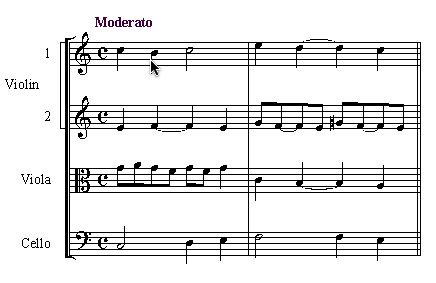
4. Emotional hang time: Give your character time to transition through emotions.
The obvious example to describe this concept is with the good ol’ bouncing ball, when one force (bounce energy) runs out and another force (gravity) starts to take over, there is a moment of hang time, where we can see this changeover of forces occur. Emotionally speaking, when a character is feeling one emotion, and something happens to make the character feel something different in the shot, they need to have a thought-processing moment before the emotional change can happen. Without this moment, the acting will not appear spontaneous or believable.Emotionally speaking, when a character is feeling one emotion, and something happens to make the character feel something different in the shot, they need to have a thought-processing moment.You need to build beats into the animation to show the audience that the character is mentally absorbing the events that are occurring in the shot, and processing them. I call these Micropauses (TM). A Micropause can be quick—the mind can process very quickly—but it has to be readable.
5.The neutral pose: Don’t start animating from a rig’s neutral pose, create your own.
This is NOT a neutral pose: This is the default pose used for rigging!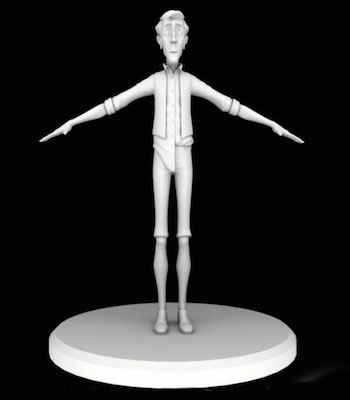
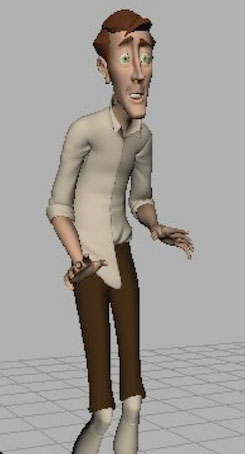
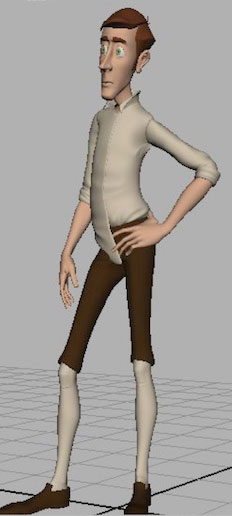
6. Movement style: Give your character a specific movement style.
You can use specific inspiration to help you formulate your character’s ‘neutral pose’, as well as the style of movement that will show the audience a lot about their personality.Watch in this character study as each person walks into the room and does essentially the same action. The choices of how to walk and stand, and how to react to a situation are completely different based on each character’s personality.
A great example is a style of dance. Here, Buzz Lightyear gets stuck in “Spanish” mode. The inspiration for his character’s behavior, was the Flamenco – a style of dance. This affected both the character’s poses, as well as the style of movement.7. Dynamic facial posing: Use the line of action to create great expressions.
We all know that a key element to creating dynamic body poses is the LINE OF ACTION. Other important lines are the shoulder lines and the hip lines. This opposition helps to emphasize the line of action, and make the pose feel active, rather than static. It’s pretty basic stuff – we all know this from Posing 101, and life drawing class. The interesting thing, is that we can use this already-attained knowledge to create dynamic facial poses as well! If you were to put a dot right in the middle in between the brows, on the tip of the nose (imagine he has a nose!), the middle of the lips, and the center of the chin, and connect those dots with a line, you can see where the line of action is: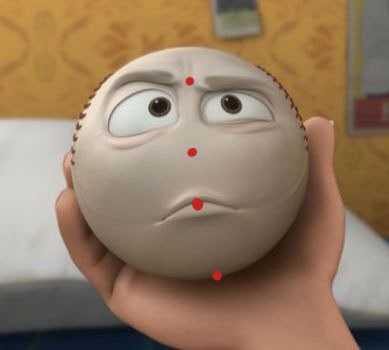
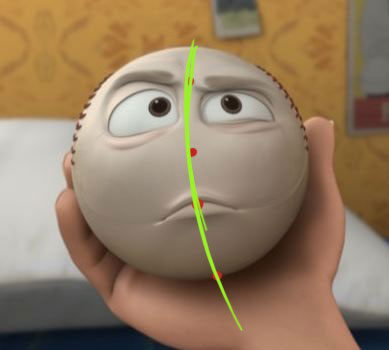
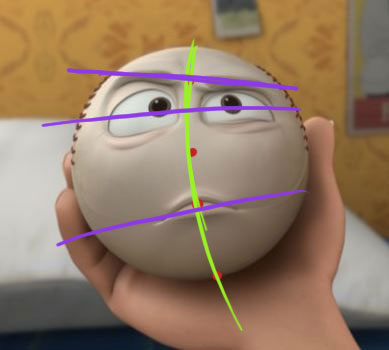
8. Engaging the body: Use your character’s whole body in their performance.
A big issue that I see often is limited parts of the body being used to create expressions. Something that I learned while I was doing film and theater acting was a concept called ‘engaging the body.’ This works fantastically well for animation also. Every part of the body should be expressing that character’s personality and emotion. Parts that can be easily overlooked might be the shoulders, the knees, the feet, and believe it or not, the hands. The lack of expression in parts of the body leaves the character feeling like he’s not fully engaged in the acting, and the performance can lack sincerity. It lowers the energy level overall. You can also exaggerate the TY (Translate Y) value in the hips to connect the lower body more to the performance, which enhances the emotional delivery.9. Exaggeration: Push your poses!
Ok, ok… technically Exaggeration is one of the original 12 Principles of Animation… but it’s one that gets overlooked a lot. Pose extremes only exist on screen for 1 frame… that’s 1/24th of a second. It might seem very over-the-top, or TOO extreme when you are creating the pose, but remember, once the scene is playing back at full speed, that one extreme frame becomes quite muted to the eye. In order to get the pose to come out with the energy that the animation requires, it is often necessary to take it further than you think, even with more subtle, less physical shots. This doesn’t mean that you have to make every shot full of crazy hijinks. Be sure to balance the extremes with subtlety where appropriate in the performance. It is the juxtaposition of opposites that gives the animation MORE energy and life. If you want to make your animation more cartoony and over the top, give the poses MORE CONTRAST (ie: reverse the curves in the spine, exaggerate the TY weight shift, squash and stretch), and speed up the transition of the pose changes, and exaggerate the ‘smear’ in the dynamic breakdowns to help draw the viewers’ eye through the very quick transitions.10. Subtext: Animate a character’s thoughts rather than their words.
You will get a lot more out of a performance if you can get inside the character’s head, and open up the door to let the audience in there as well. Animating directly to what a character’s dialogue is saying will usually give you a pretty one-dimensional performance, without much subtext.You will get a lot more out of a performance if you can get inside the character’s head, and open up the door to let the audience in there as well.When a scene does have dialogue, a great trick to figuring out how to animate to a character’s thoughts is to write out the actual dialogue on paper, leaving spaces between the lines. Then, in a different color, write what the character is *thinking* right below what they’re saying. Now animate to those thoughts, instead of the words being said. The thoughts of the character will depend on the context of the shot. What happened directly previously, and what will be coming up after. Is there anything on the character’s mind that they’re not outwardly revealing? Some inner-turmoil? Some inner sorrow, or joy, or hate that is being kept inside? With all of these tips in mind, you should be able to build up a shot with some lovely complexity and range. Good luck in your animation adventures!
